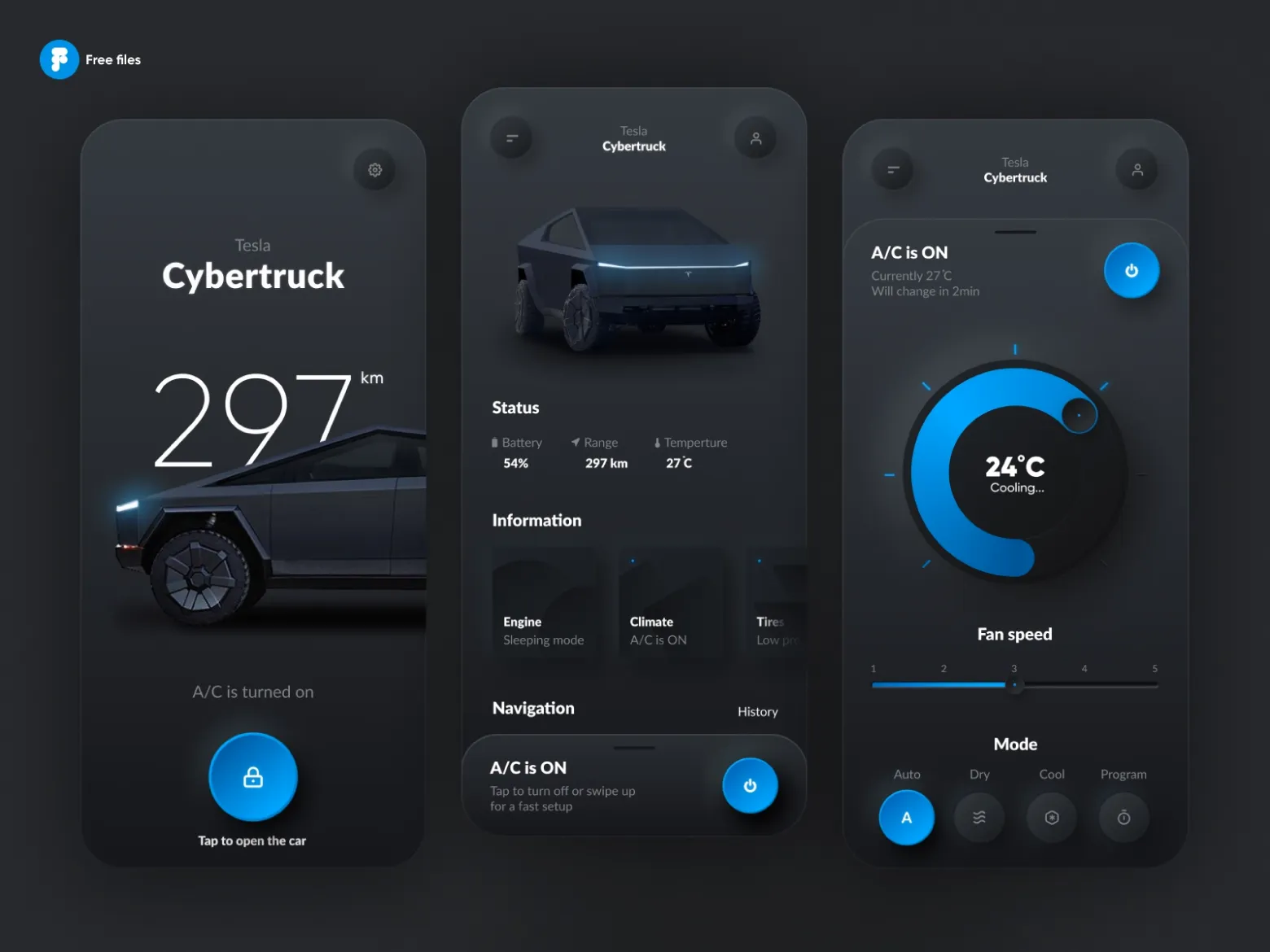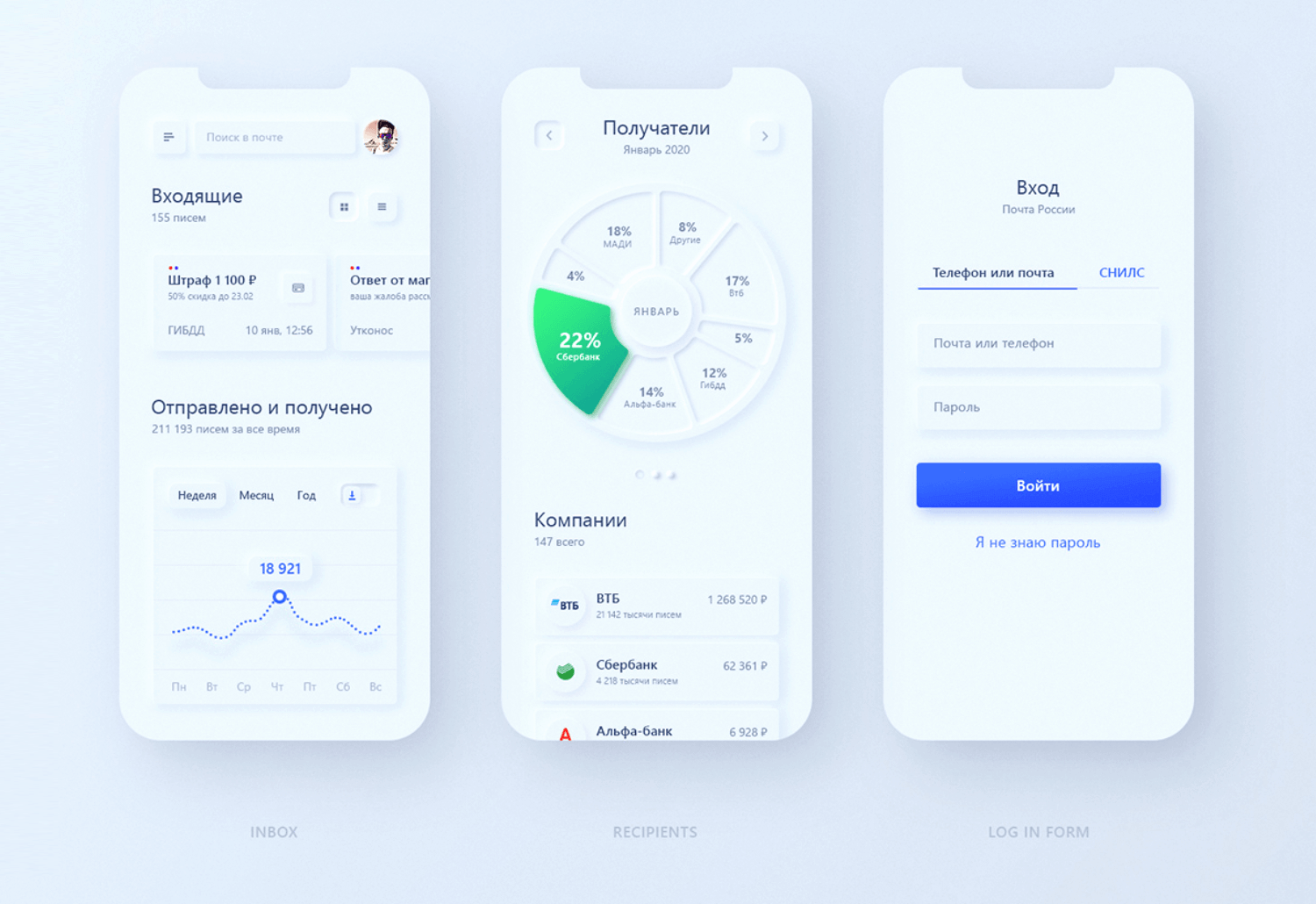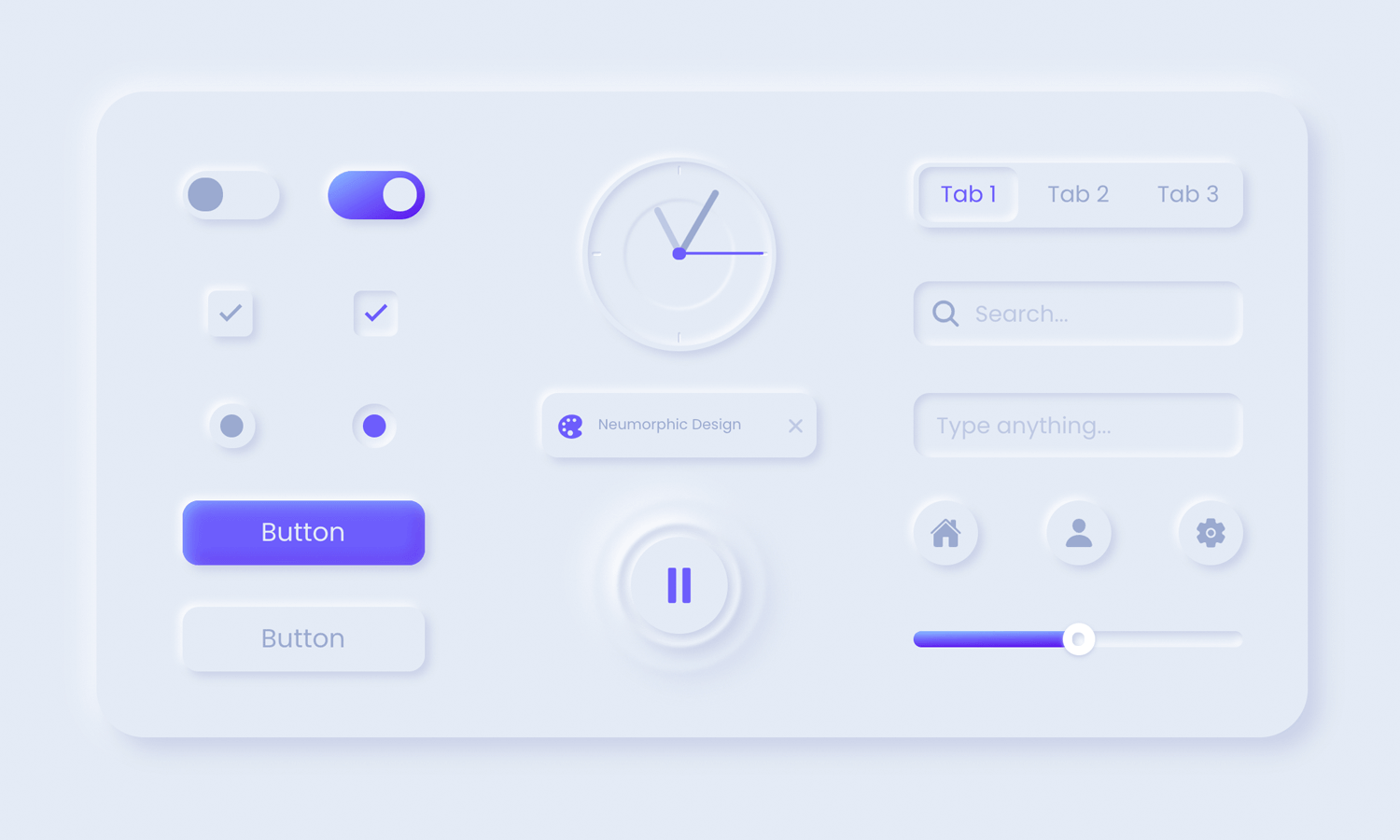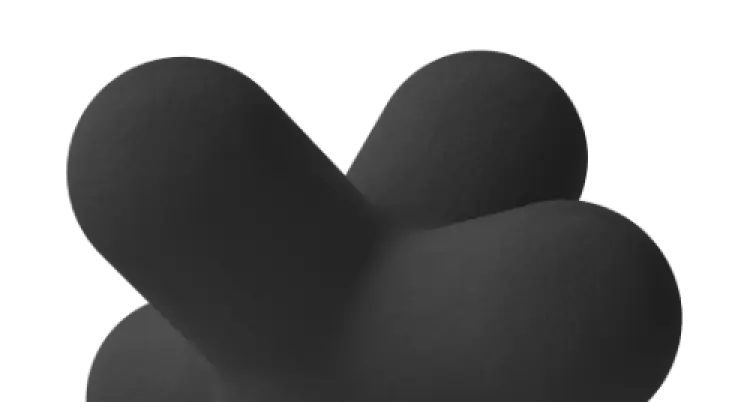The Rise of Neumorphism: How Soft UI is Changing Web Design in 2024
Neumorphism, or Soft UI, is redefining how users interact with digital interfaces.
By blending clean minimalism with soft shadows and subtle depth, it creates a tactile, modern feel.
In 2024, this trend is gaining momentum for its elegant and intuitive user experience.
Explore how Neumorphism can make your website stand out in a crowded digital world.

That Nerd Studio
As we step into 2024, the world of web design continues to evolve, with new trends pushing the boundaries of how we interact with digital spaces. One of the design trends making a significant impact is Neumorphism, also known as Soft UI. This design style combines the simplicity of flat design with subtle, three-dimensional elements, creating interfaces that are modern yet intuitive. Neumorphism offers a fresh approach to user experience, blending digital and physical aesthetics in a way that feels both familiar and innovative.
In this article, we’ll explore what Neumorphism is all about, why it’s becoming so popular, and how it’s influencing the future of web design. Whether you’re a business owner looking to revamp your website or a designer staying on top of trends, understanding Neumorphism can help you stay ahead in a rapidly changing digital landscape.
What is Neumorphism?
Neumorphism, often described as the next generation of skeuomorphic design, takes inspiration from the old-school design technique of mimicking real-world objects in digital form. However, where skeuomorphism could sometimes feel too heavy or detailed, Neumorphism offers a softer, more minimalist take. It focuses on subtle shadows and light sources, creating a soft 3D effect that makes buttons, icons, and other elements appear to “float” on the page.
The beauty of Neumorphism lies in its ability to make interactive elements stand out without overwhelming the user. It creates a sense of depth, but unlike traditional 3D designs, it maintains the clean, simple aesthetics that are crucial in modern web design. This balance between minimalism and realism is why so many designers are excited about its potential in 2024.

Why Neumorphism is Trending in 2024
- 1. Fresh user experience: It provides a fresh, engaging user experience through subtle interactivity.
- 2. Supports minimalism: It blends well with the ongoing trend of minimalism in web design.
- 3. Adds visual interest: It adds visual interest without complicating layout or usability.
For businesses looking to create a polished, modern look, it’s a trend that offers both functionality and style.
How to Implement Neumorphism Effectively
- 1. Maintain contrast: Ensure users with visual impairments can still navigate your site easily.
- 2. Use moderation: Avoid clutter—too many soft effects can hurt usability.
- 3. Mix with flat UI: A hybrid approach often achieves the best balance of form and function.
What’s Next for Neumorphism?
As more designers and developers experiment with Neumorphism, it’s likely to evolve further. Some are combining it with other design movements, such as:
- 1. Glassmorphism: Adding translucent glass-like layers for more depth.
- 2. Dark mode synergy: Neumorphic shadows become more prominent with darker backgrounds.
Its influence is expected to continue growing throughout 2024 as more brands aim to stand out with soft, intuitive interfaces.

Conclusion
Neumorphism is more than just a visual trend—it represents a shift in how we approach digital user interfaces. By integrating depth with simplicity, it creates an engaging experience that aligns with modern design expectations.
That Nerd Studio specializes in creating Neumorphic designs for mobile, web, and desktop applications. Contact us today to give your app the interface it deserves!


